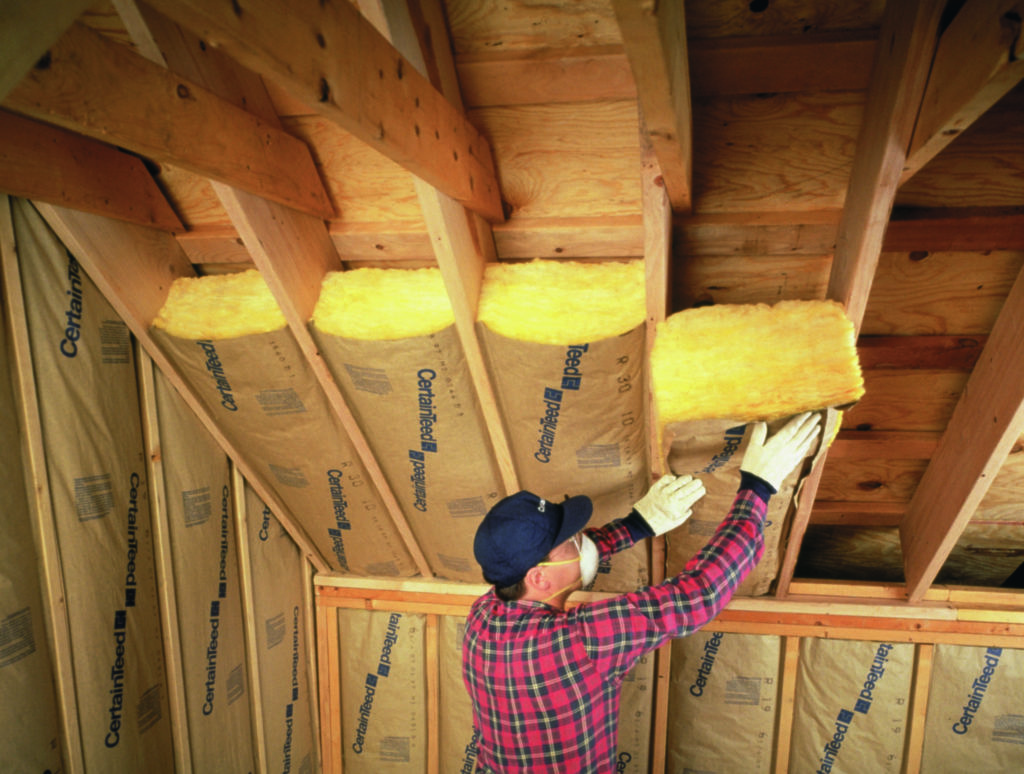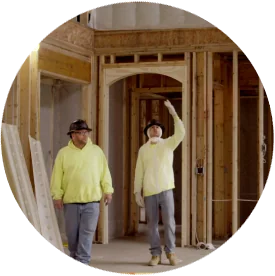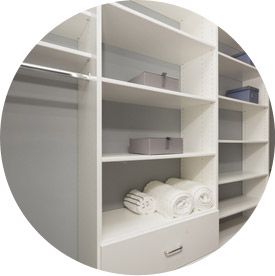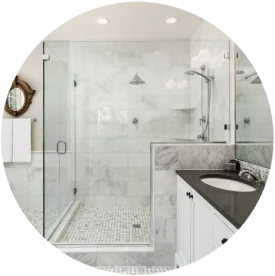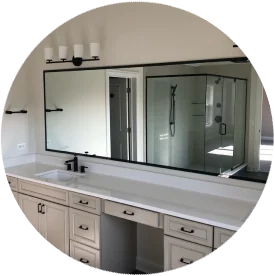Choosing Eco-Friendly Insulation for Your Building
In a world that’s constantly evolving to make our lives easier, residential and commercial building owners are also prioritizing making more environmentally conscious choices.
In this blog, we’ll go over the components of eco-friendly insulation, its benefits over other types of insulation and the current options available.
How to Choose Eco-Friendly Insulation
When choosing what kind of eco-friendly insulation to get, it’s crucial to know what factors to consider to ensure it aligns with what you’re looking for and your environmental goals. These factors include:
- Energy efficiency: High R-values (the measurement for how well a material insulates against heat transfer) mean less energy wasted, lower bills and fewer emissions.
- Eco-friendly process: Some materials are produced using low-carbon or closed-loop processes, minimizing harmful emissions.
- Non-toxic: Insulation made without formaldehyde, volatile organic compounds (VOCs) or flame retardants are safer for your health and for the environment.
- Recyclability: Most eco-friendly insulation options are made of up to 90% recyclable material, making it easier to recycle or reuse when removed and replaced.
- Local & ethical sourcing: In addition to reducing transportation emissions, locally sourced insulation material also helps support local economies.
Benefits of Environmentally Friendly Insulation
When it comes to insulating your home or business, opting for eco-friendly insulation isn’t just a responsible choice; it’s a smart one, too. It offers a wide range of other benefits, including:
- Lower energy bills: High R-values keep your home or business energy-efficient, reducing heating and cooling costs.
- Reduced carbon footprint: These materials minimize greenhouse gas emissions from energy production.
- Healthier living environments: Insulation that’s free of harmful toxins like formaldehyde and VOCs improves indoor air quality.
- Increased property value: Improving your home or business’s energy efficiency and sustainability makes it more attractive to potential buyers.
Most Eco-Friendly Insulation Options
Making the right insulation choice means choosing materials that use renewable or recycled sources and are highly durable. Here are a few high-quality options to look into:
- Rigid foam: Rigid foam insulation is mainly used for new construction projects and is a great solution for insulating homes and buildings and maximizing energy efficiency.
- Cellulose: Composed of up to 80% recycled material, this is one of the most sustainable forms of insulation.
- Fiberglass: Great at reducing noise and improving HVAC performance, this type is a great choice for reusing and recycling.
- Spray foam: Commonly made of polyurethane, which is perfect for air seals and protects against moisture, this insulation is extremely energy-efficient and long-lasting.
Go Green With Our Insulation Services in the Cincinnati Tri-State Area
At Mooney & Moses, we’re not just about improving homes and businesses – we’re about helping you make a positive impact on the environment. When you choose our insulation services, you’re taking a step toward a greener, more sustainable future.
Whether you need help deciding which insulation works best for you or want to start your next re-insulation project, our professional contractors have you covered.

